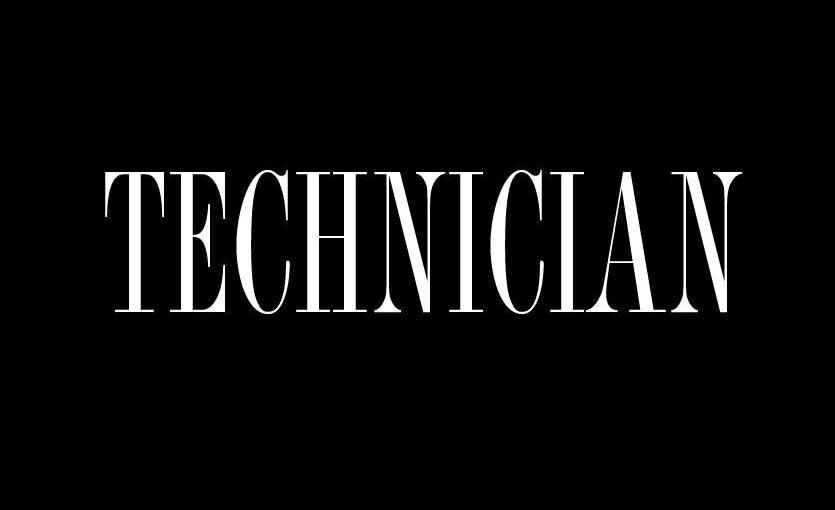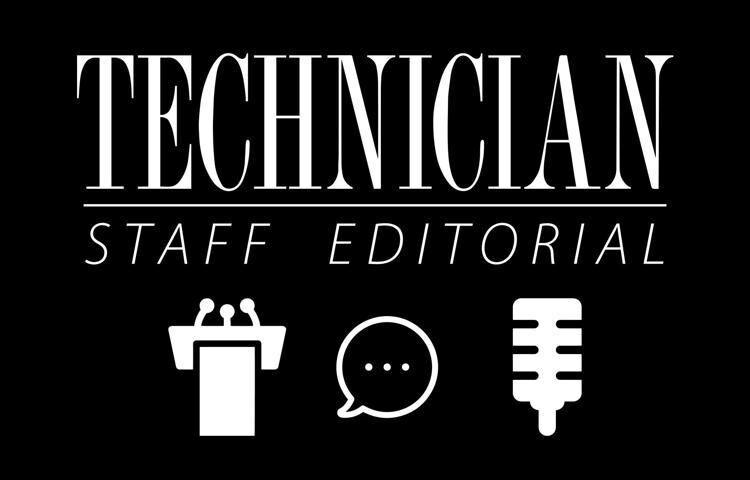For many, a year is best remembered by its headlines. Entering a new year, we wonder what sort of progress our university will make. Here is a list of some of the possible strides we want out of the next 12 months.
Update admissions to include GLBTQ options
Although members of the Student Senate passed the “Inclusive Admissions Act” in March 2014, the university has yet to add an option for NC State applicants to disclose their sexual orientation and gender identity. NC State could have joined Duke University in becoming one of the first universities in the country to include sexual orientation on its admissions application.
This option on the application would allow students to express sexual and possibly alternate gender orientations and help the administration identify what it can do to create a more inclusive university for the GLBTQ community. This small addition to the NC State application would create huge changes for the GLBTQ community at NC State and needs to be added for the class of 2020. By including this, administrators can better keep track of larger trends that affect the GLBTQ community in the classroom. It is not only in NC State’s interest to create a more diverse and inclusive student body, but is the administration’s obligation to do so.
Adopt the “Yes means yes” policy
Shortly after California passed legislation legally confirming that “yes means yes” in terms of sexual consent, UNC-Chapel Hill adopted a similar policy. In both cases, consent is now defined as an affirmative agreement between both parties. The policy is a response to the “no means no” mentality, in which people assume that the absence of “no” equates to consent, which is not always the case. Further, it is a response to the growing concern about and recognition of sexual assault on campuses.
It is, at this point, ridiculous that NC State has yet to adopt this policy. Student Government was so kind as to orchestrate an “It’s On Us” video, in which representatives from numerous campus organizations vowed to help address sexual assault on campus. However, university leaders have done virtually nothing to take real action against assault. It’s as though our “think and do” motto only applies to what occurs in the classroom.
University administrators are waiting to make a decision regarding the policy until they have “feedback from all facets of campus,” according to Vice Provost Lisa Zapata, as the Technician reported last fall.
Josh McIntyre, who wrote a letter regarding the issue, sums up the Technician’s viewpoint aptly, begging the question, “Shall we have a campus referendum, then, about whether the campus should remain integrated? What else do we need to put to the test of public opinion? How does the campus feel about hijab? How does the campus feel about transgendered folks? And, what about those funny looking people with the yellow stars sewn on their shirts?”
Lasting protection of the Hofmann Forest
Eco-activists rejoiced Dec. 5, as Chancellor Randy Woodson announced that NC State would not be selling Hofmann Forest, as the purchasers could not come up with the money in time for the deal to close. The proposed sale of the 79,000-acre forest was the subject of protests and court hearings for roughly two years. After its final price negotiation, the sale would have earned the university upward of $131 million.
But what does the future hold for Hofmann Forest? What we at the Technician would like to see all parties with a stake in the forest come up with an agreement to protect the land.
Likewise, many of the opponents to the forest sale were part of the forestry program, so selling it came as a slap to the face of the entire program — indicating that money is more important to the university than, say, a hands-on education. Moving forward, we hope to see administrators, students, faculty members and all those with a stake in the forest come to an agreement to ensure the protection of the largest research and educational forest in the world.
Results of the new drop period
Last semester was the first in recent memory to operate on a 10-day period before students may no longer drop classes in which they are enrolled. Before the UNC Board of Governors moved to shorten the period, students had eight weeks — plenty of time to fail a test — before the drop date.
The most common criticism of the shortened drop period was that students could not accurately determine how well they would perform in any given class, and, thereby, academic success would diminish.
We will want to compare how students fared before and after the new drop date policy. A year of that data should be available at the conclusion of this semester. Though it will only be two semesters of information and hardly telling of academic trends, it will be worth seeing if the shortened drop period has, as people feared, harmed academic performance. If it does, we must also look to see if the Board of Governors acts on that information.






